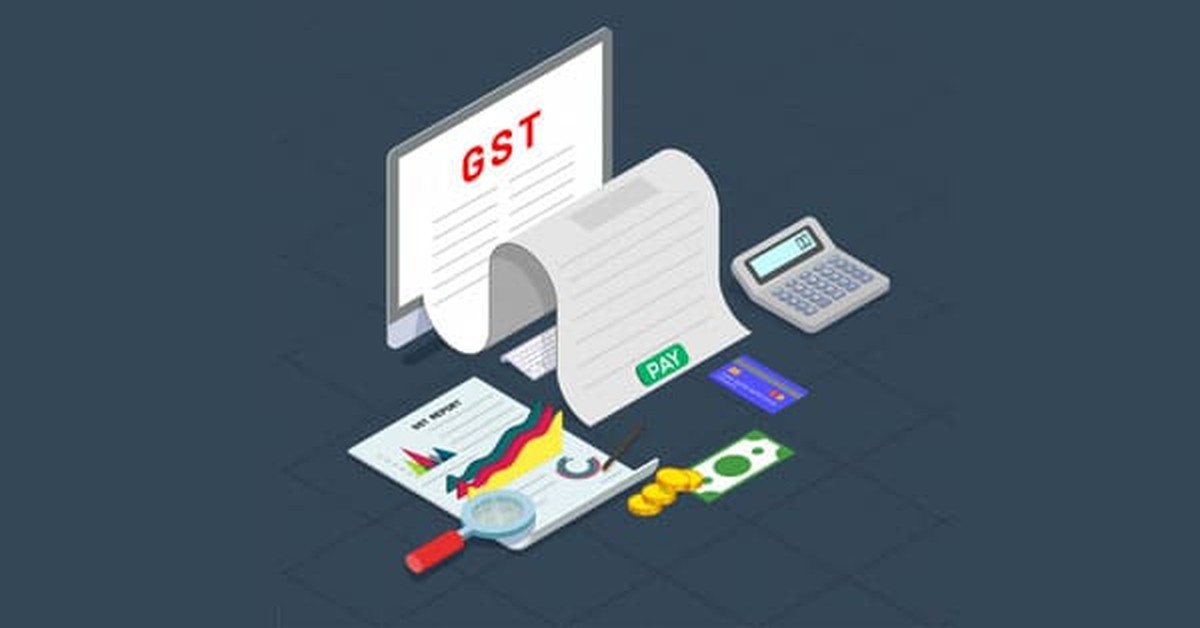In recent developments, Goods and Services Tax (GST) authorities are moving towards acquiring near real-time access to the banking transactions of taxpayers. This initiative aims to detect and curb the proliferation of fake invoices and excessive use of input tax credit (ITC) by businesses, an issue that has been gradually escalating.
The move comes on the heels of investigations that unveiled a rampant misuse of undue tax credits through fake invoices for hawala transactions. In a number of instances, it was discovered that funds, via convoluted routes, eventually returned to the originators of these fabricated invoices. A disturbing trend of shell companies routing money through fraudulent invoices has also been uncovered.
The significance of the money trail in these scenarios cannot be understated. A source explained, “While at the time of GST registration, the taxpayer provides details of only one bank account, a business can be operating several accounts.” Currently, obtaining data on these banking transactions in a timely manner presents a significant challenge.

By the time the information is available, the company or individual generating the bogus invoices often disappears. To prevent such incidents, GST authorities are now advocating for quicker access to banking transaction data, similar to the privileges enjoyed by the income tax authorities.
High-value transactions, suspicious activities, and substantial cash deposits are routinely scrutinized by the income tax department to prevent potential tax evasion. The Central Board of Indirect Taxes and Customs (CBIC) is now considering similar measures, with further internal discussions and consultations with the Reserve Bank of India required.
Expanding their risk parameters to include more databases is also part of GST authorities' plan to identify possible tax evaders, especially in service-related industries where proving the actual delivery of services can be challenging.
Prospective databases for exploration include provident fund data, customs data on shipping lines and freight forwarders, Railways, and Panchayati Raj data on services such as construction and works. The aim is to gain insight into the services provided by various companies and ascertain if they are paying the correct tax and availing the right input tax credit.
Plans to cross-reference the income tax database and filings from the Ministry of Corporate Affairs are also underway. This will allow GST authorities to cross-check taxpayer information and determine their tax compliance.
The spotlight on tax evasion surfaces as the GST department looks to mitigate fake invoicing and tax evasion. An all-India drive is set to commence from May 16 to July 15, conducted by central and state tax administrations, to identify suspicious and fake GST identification numbers.
With nearly 14 million registered businesses and professionals under GST, the government is focused on expanding the taxpayer base. This will be achieved by ensuring tax evaders are identified and incorporated into the tax net, further solidifying the importance of these proactive measures in ensuring tax compliance.






 CAclubindia
CAclubindia

